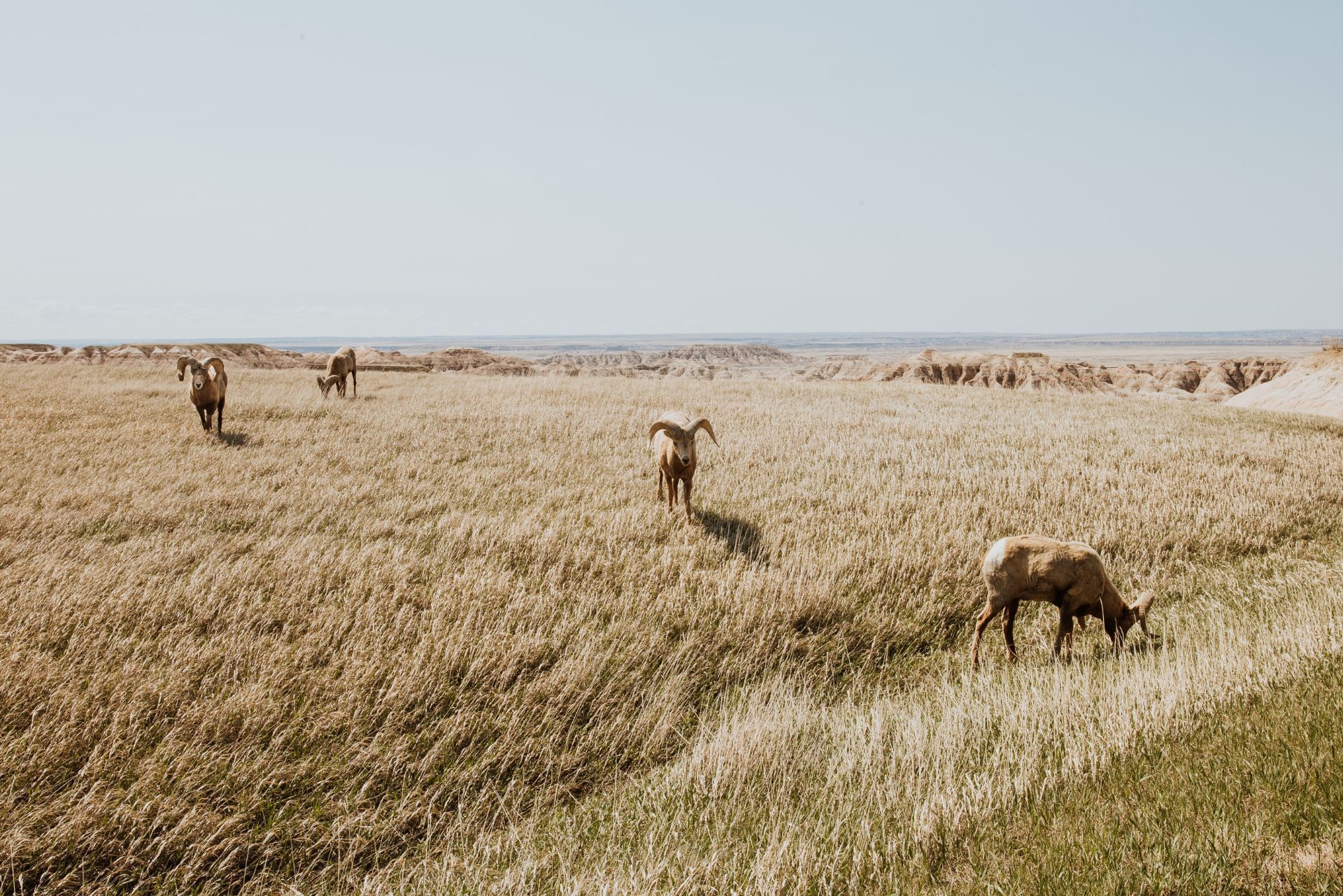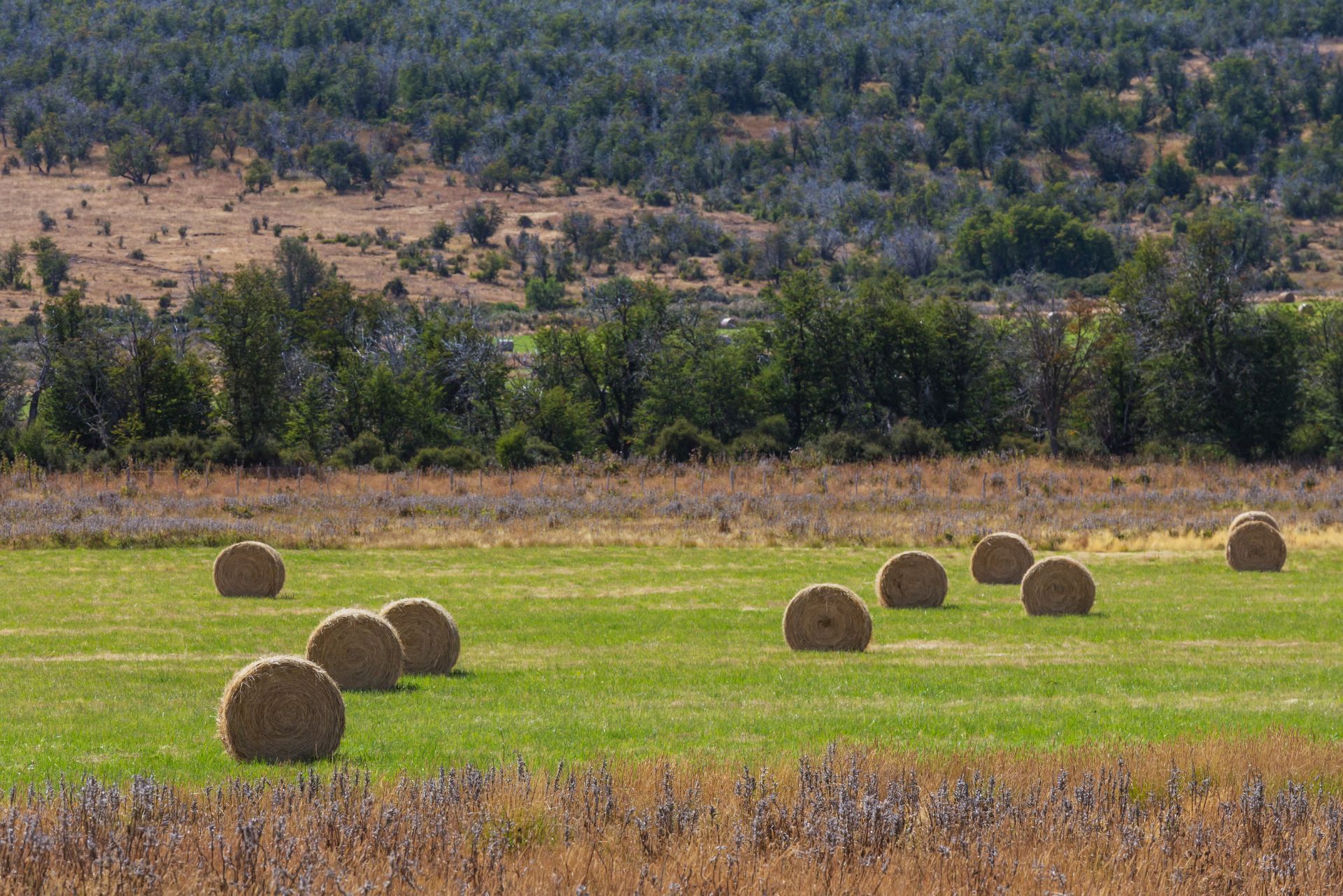Top 3 Recommended Policies

For ranchers and livestock producers, managing risk related to pasture and forage availability is crucial for maintaining sustainable operations. One of the most effective tools available today is the Pasture, Rangeland, Forage (PRF) insurance program, designed to protect grazing lands against the financial impacts of drought and irregular rainfall. This insurance has seen increasing adoption across the United States, reflecting its importance in a changing climate and volatile weather patterns. Understanding how PRF insurance works, its benefits, and recent developments can help producers make informed decisions about safeguarding their grazing resources.
According to the Economic Research Service of the U.S. Department of Agriculture, PRF insured liabilities reached $4.3 billion in 2021, accounting for 3% of total insured liabilities nationwide. This statistic highlights the growing role of PRF insurance in the broader federal crop insurance framework.
What is Pasture, Rangeland, Forage Insurance?
Pasture, Rangeland, Forage insurance is a federally supported program that provides coverage against losses in forage production caused primarily by inadequate rainfall. Unlike traditional crop insurance that insures specific crops, PRF insurance uses a rainfall index to determine payouts, making it particularly suited for grazing lands where forage growth is directly linked to precipitation.
This index-based approach means that producers do not have to prove actual losses on their land; instead, payments are triggered when rainfall falls below a predetermined threshold in their area. This method reduces administrative costs and speeds up claim processing, providing timely financial support to ranchers during droughts or dry spells. By alleviating the financial burden during these challenging periods, PRF insurance plays a crucial role in sustaining the livelihoods of ranchers who depend heavily on consistent forage availability for their livestock.
Moreover, the program not only supports individual ranchers but also contributes to the overall stability of the agricultural economy. When ranchers can secure their income through PRF insurance, they are more likely to invest in their operations, purchase feed, and maintain their herds, which in turn supports local economies and communities. This ripple effect underscores the importance of such insurance programs in promoting resilience within the agricultural sector, especially in regions prone to fluctuating weather patterns.
How Does PRF Insurance Work?
PRF insurance policies are based on rainfall data collected from weather stations within a producer’s county or designated area. Producers select a coverage level and a productivity factor that reflects the expected forage production on their land. If the rainfall index for the insurance period is below the trigger point, the policy pays indemnities proportional to the shortfall in precipitation.
This system allows for flexibility and customization, as producers can tailor coverage to their specific risk tolerance and forage needs. It also encourages proactive risk management, helping ranchers plan for variability in forage availability without the uncertainty of traditional loss assessments. By utilizing historical rainfall data and predictive models, ranchers can make informed decisions about their operations, such as adjusting stocking rates or implementing water conservation strategies, thereby enhancing their resilience against future climate-related challenges.
Furthermore, the integration of technology in the PRF insurance process has streamlined access to information and resources for producers. Many ranchers now use online platforms to monitor rainfall patterns, assess their insurance coverage, and even connect with agricultural advisors for tailored recommendations. This technological advancement not only simplifies the management of insurance policies but also fosters a community of informed producers who can share best practices and strategies for coping with adverse weather conditions.

Benefits of PRF Insurance for Ranchers and Livestock Producers
One of the primary benefits of PRF insurance is its ability to reduce financial risk associated with drought conditions, which can severely impact forage availability and increase feed costs. A 2023 study by Jonathon Frost at Utah State University found that PRF insurance effectively reduces feed costs for ranchers during periods of inadequate precipitation, demonstrating the program’s practical value in supporting operational sustainability. By providing a safety net, PRF insurance allows ranchers to focus on their core operations rather than constantly worrying about the unpredictable nature of weather patterns that can devastate their livelihoods.
Moreover, PRF insurance helps stabilize income and cash flow for producers, allowing them to maintain herd sizes and avoid distress sales during droughts. This stability is essential for long-term planning and investment in grazing operations. With the assurance that they have coverage in place, ranchers can make informed decisions about breeding, purchasing feed, and investing in infrastructure improvements, which ultimately contribute to the overall health of their operations.
Nicole Galase, Managing Director of the Hawai‘i Cattlemen’s Council, emphasizes that "The Pasture, Rangeland, Forage Insurance is an insurance program that has helped ranchers across the United States to insure their grazing acres against rainfall volatility," underscoring its nationwide relevance and impact. This sentiment is echoed by many producers who have experienced firsthand the benefits of this program. For instance, ranchers in the Midwest have reported that PRF insurance has enabled them to recover more quickly from adverse weather events, allowing them to reinvest in their operations sooner rather than later.
Additionally, PRF insurance promotes better management practices among ranchers. With the financial backing of this insurance, producers are more likely to adopt innovative grazing techniques and sustainable land management practices, knowing they have a safety net in place. This proactive approach not only enhances the resilience of their operations but also contributes to the overall health of the ecosystem, as well-managed grazing can lead to improved soil health and biodiversity. As ranchers become more educated about the benefits of PRF insurance, they are also encouraged to participate in workshops and training sessions, further enhancing their skills and knowledge in sustainable ranching practices.
Recent Developments and Expansion of PRF Insurance
In recent years, the USDA has expanded the reach of PRF insurance to better serve producers in diverse geographic regions. Notably, in April 2024, the Risk Management Agency (RMA) announced the inclusion of Hawaii in the PRF rainfall index insurance program. Starting in 2025, grazing acres on the Big Island will be eligible for coverage, marking a significant step in addressing the unique needs of producers in this region.
This expansion reflects the USDA’s commitment to adapting crop insurance resources to the varied conditions faced by producers nationwide. Marcia Bunger, RMA Administrator, stated, "We are always looking at the unique needs and situations that our producers have in different parts of the country so that we can adjust and develop crop insurance resources for their particular situations."
This initiative not only broadens the program’s geographic scope but also provides critical support to Hawaiian ranchers who face distinct climatic challenges. The unique weather patterns in Hawaii, characterized by heavy rainfall followed by dry spells, can significantly impact forage availability for livestock. By including Hawaii in the PRF program, the USDA aims to mitigate the financial risks associated with these unpredictable weather events, ensuring that ranchers can sustain their operations even in adverse conditions.
Moreover, the inclusion of Hawaii in the PRF insurance program is expected to foster greater resilience among local agricultural communities. With the increasing frequency of climate-related disruptions, such as droughts and floods, having access to reliable insurance coverage can empower ranchers to make informed decisions about their grazing practices and resource management. This proactive approach not only supports individual producers but also contributes to the overall stability of the agricultural sector in Hawaii, which is crucial for the state’s economy and food security.
More details on this expansion can be found on the
Risk Management Agency’s website.
Market Penetration and Adoption Trends
Since its inception, PRF insurance has become the dominant insurance product for forage acreage in the U.S. Between 2014 and 2021, approximately 95% of insured forage acreage was covered by the PRF plan, according to the Economic Research Service. This dominance illustrates the program’s effectiveness and acceptance within the agricultural community.
However, adoption rates vary by region. For example, in Illinois, only about 70,000 acres of forage land were enrolled in PRF rainfall index insurance in 2024, representing less than 6% of eligible acreage. This indicates potential for growth in certain states where producers may be less familiar with the program or face barriers to enrollment.
Understanding these regional differences is important for outreach and education efforts aimed at increasing participation and ensuring that more producers can benefit from the financial protections offered by PRF insurance. Outreach initiatives could include workshops, informational webinars, and one-on-one consultations with agricultural extension agents, who can help demystify the application process and clarify the benefits specific to local conditions.
Moreover, the role of local agricultural organizations and cooperatives cannot be overstated in promoting PRF insurance. These entities often have established trust within their communities and can effectively communicate the advantages of the program. By leveraging their networks, they can facilitate discussions around risk management strategies and encourage producers to consider PRF insurance as a viable option for safeguarding their livelihoods against unpredictable weather patterns.
For more on Illinois’ participation, see the analysis by Brittney Goodrich at the
University of Illinois.

Current Challenges and the Importance of PRF Insurance Amid Drought
Drought remains one of the most significant threats to pasture and forage production. As of October 2024, nearly 39% of the lower 48 states were experiencing drought conditions, affecting over 200 million acres of major crops. This widespread drought underscores the critical need for effective risk management tools like PRF insurance.
With climate change contributing to more frequent and severe weather extremes, the role of PRF insurance is likely to grow. It provides a financial safety net that helps producers manage the uncertainty of rainfall variability, thereby supporting the resilience of livestock operations across the country.
Producers facing drought conditions can find updates and resources related to PRF insurance and drought impacts at PRF West Insurance Services.
In addition to the financial implications, drought can significantly affect the nutritional quality of forage, which in turn impacts livestock health and productivity. When pastures dry up, the availability of high-quality feed diminishes, leading to potential weight loss in cattle and reduced milk production in dairy operations. This situation not only affects the immediate livelihood of producers but can also have a ripple effect throughout the agricultural supply chain, influencing market prices and food availability.
Furthermore, the psychological toll of prolonged drought cannot be overlooked. Farmers and ranchers often face immense stress as they navigate the challenges of dwindling resources and uncertain futures. Community support systems and access to mental health resources are vital during these times, as they help producers cope with the pressures associated with agricultural production in a changing climate. As the landscape of farming evolves, fostering resilience through both financial tools like PRF insurance and emotional support networks will be essential for sustaining the agricultural community.
Conclusion: Why PRF Insurance Matters for the Future of Grazing Lands
Pasture, Rangeland, Forage insurance represents a vital component of risk management for livestock producers nationwide. By providing coverage based on rainfall indices, it offers a streamlined, effective way to mitigate the financial impacts of drought and rainfall variability. The program’s expanding reach, demonstrated benefits in reducing feed costs, and growing market share all point to its increasing importance in agricultural risk management.
As weather patterns continue to shift and drought risks intensify, PRF insurance will remain a key tool in helping ranchers maintain productive grazing lands and stable operations. Staying informed about program updates, eligibility, and regional participation can empower producers to make the best decisions for their unique circumstances.
Contact Us
Phone
Location
